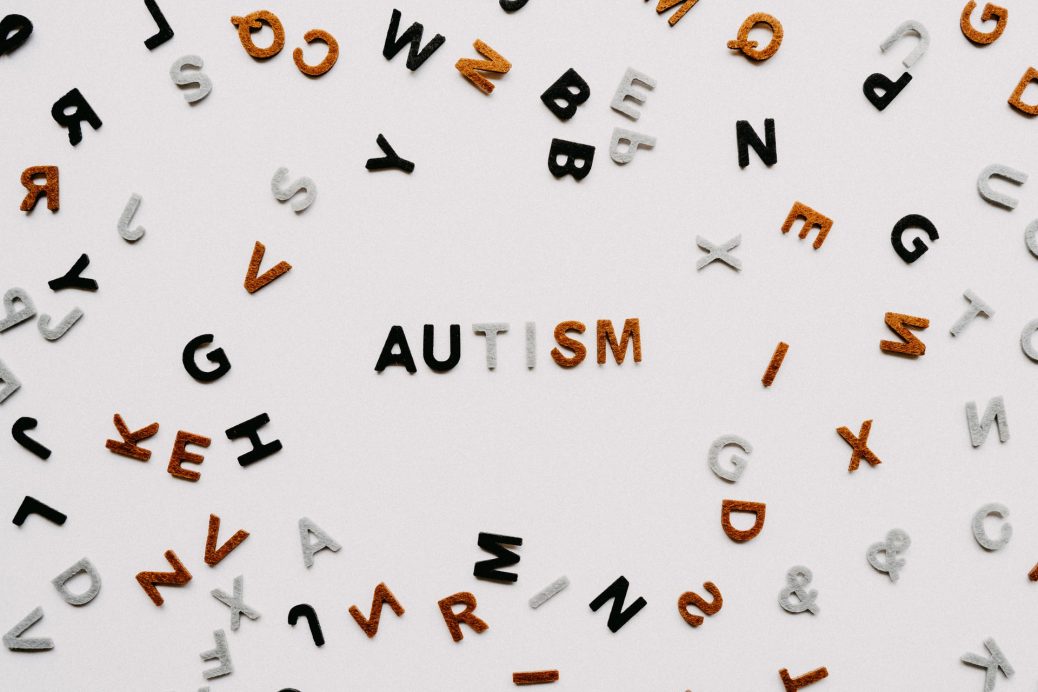Stem Cell therapy, which involves the use of cells or tissues from the body or from donors to treat or repair damaged or diseased tissue, is not specifically approved for the treatment of autism spectrum disorder (ASD). ASD is a complex neurodevelopmental disorder that affects communication and behaviour, and there is currently no known cure.
There are a number of treatments that can help individuals with ASD manage and improve their quality of life. These may include behavioural therapies, medications, and supportive therapies such as speech and language therapy, occupational therapy, and physical therapy.
It is always important to speak with a healthcare professional and carefully consider the potential risks and benefits of any treatment or intervention before starting it.
Reasons
There are several reasons why stem cell therapy is not currently approved for the treatment of autism spectrum disorder (ASD).
Scientific evidence is less to support the use of cell therapy for ASD. While there are some studies that explored the potential use of cell therapy in ASD, doctors need more research to determine the safety and effectiveness of these treatments. The study samples were very small making. It was difficult to draw conclusions about the potential benefits of cell therapy for ASD.
ASD is a complex disorder it is due to a combination of genetic and environmental factors. Scientists are not fully understanding how these factors can contribute to the development of ASD. And it is likely that there are multiple pathways present. This complexity makes it difficult to develop targeted treatments, including stem cell therapies, that can effectively address the causes of ASD.
The safety and long-term effects of cell stem therapy can not predict now. While cell therapies have shown promise in some areas of medicine, they can also carry risks. Such as the possibility of immune rejection, infection, or the development of tumours. It is important to carefully consider these risks and ensure that every treatment should have proof.
There are other treatments and interventions including behavioural therapies, medications, and supportive therapies. These may also include speech and language therapy, occupational therapy, and physical therapy. It is important to work with a healthcare professional to determine the best treatment plan for an individual with ASD. Providing and considering their specific needs and circumstances.
This treatment process can be complex. These clinical trials can take many years to complete, and they can be expensive and time-consuming to conduct.
Summary
Cell therapy holds promise as a treatment for a variety of medical conditions. There is currently little scientific evidence to support its use in ASD, and more researchers need more time to determine its safety and effectiveness.
There are other treatments and interventions that are effective for ASD and should include as part of an individualized treatment plan. It is important to work with a healthcare professional and carefully consider the potential risks and benefits of any treatment or intervention before starting.
Who needs Speech Therapy? Microbiome-Based Therapies and Gut Issues,


